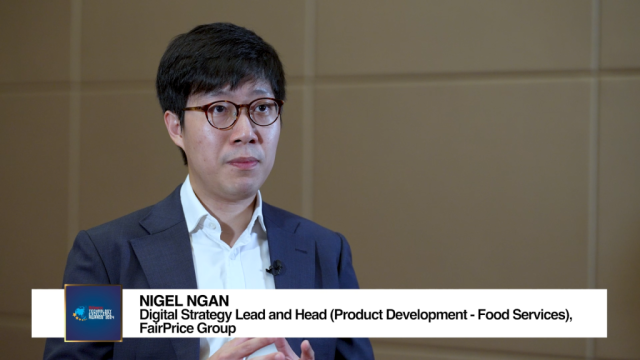The Asian supply chain becomes more compact
By Joergen Oerstroem MoellerSingapore as a transport hub will benefit hugely from a massive change in the Asian supply chain. It is going to be more ‘compact’. Goods will increasingly be transported inside Asia and to a nearer customer rather than long distance/globally.
This is due to several factors.
Container transport, which used to be trivial part of the final product costs, will still be cheap, yes, but not that cheap anymore. The main culprit is the hike in oil prices that not only seems to be permanent, but to continue.
Obviously this strengthens efforts by companies to seek a nearer source for their purchases of components. And they do. British retailer Marks & Spencer plans to overhaul its supply chain i.e. by stopping the purchase of supplies from one hemisphere to another, which may save the company GBP 175 million annually.
Several European companies are gradually discovering that transport costs erode the competitive advantages of outsourcing to China.
Insourcing is a new catchword. To a certain extent production is going back, but the much more interesting phenomenon is that other Asian countries step into China’s shoes even serving as recipient as China starts to outsource.
Financial reports show that almost all container transporters suffer when moving goods from one continent to another, but container transport inside Asia is still profitable.
What we see here is the impact of the coming era of scarcities. Commodities go up in price. Oil likewise. The significance of labor costs as a competitive parameter declines relative to costs incurred by commodities and transport.
Even looking at it without incorporating scarcities and rising commodity prices, it seems clear that the share of world trade shifts from Asia to and fro the established industrial countries (G-3 i.e. the U.S., the EU, and Japan) to take place inside Asia. The figures show that intercontinental trade is losing to intra-Asian trade.
Asia is already the place for global manufacturing, but where in the past Asian trade in components and semi-manufactured goods went to China to be turned into export to G-3 requiring global transport, we now detect a rising share of Asian production to domestic demand, diminishing the demand for global transport, but asking for more local/regional transport.
It may well be that demography combined with several other factors reduces China’s position as the manufacturing hub, but its place will be taken by other Asian countries with a high and growing labor force like Vietnam, Indonesia, Bangladesh and India solidifying the intra-Asian trade and consequently the changing supply chain.

























 Advertise
Advertise








